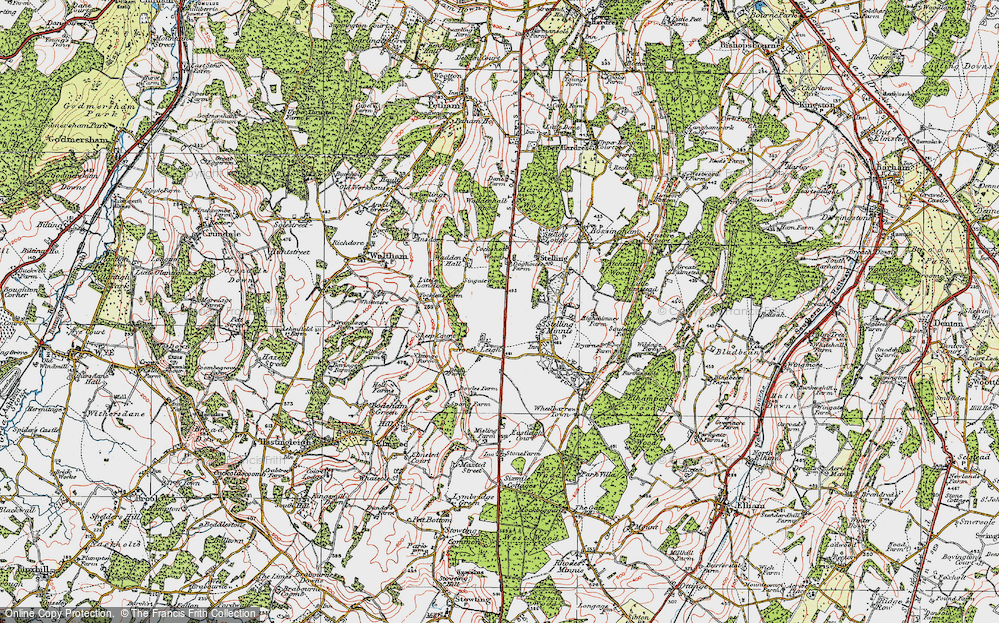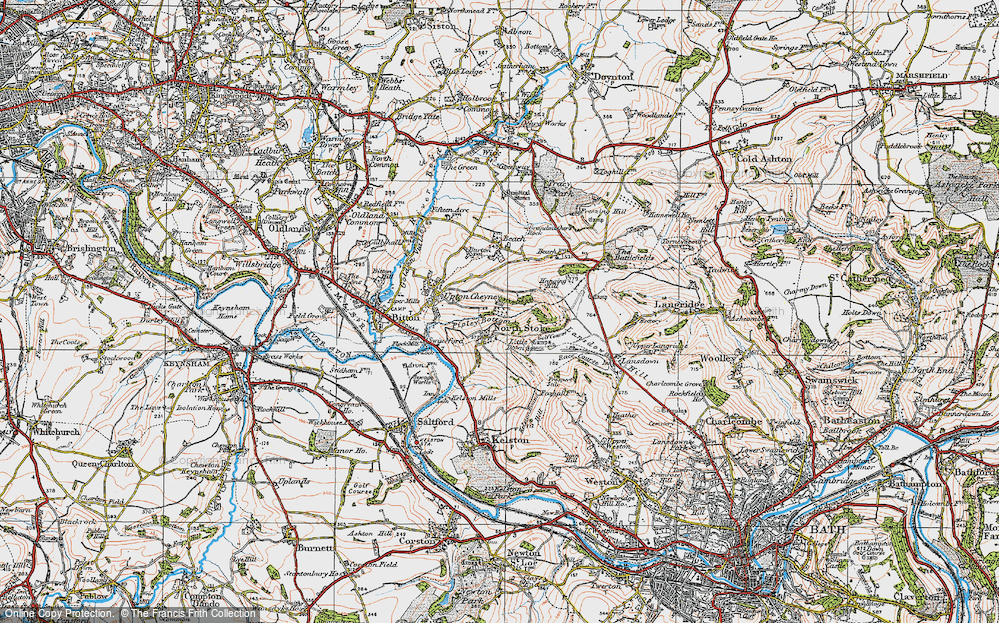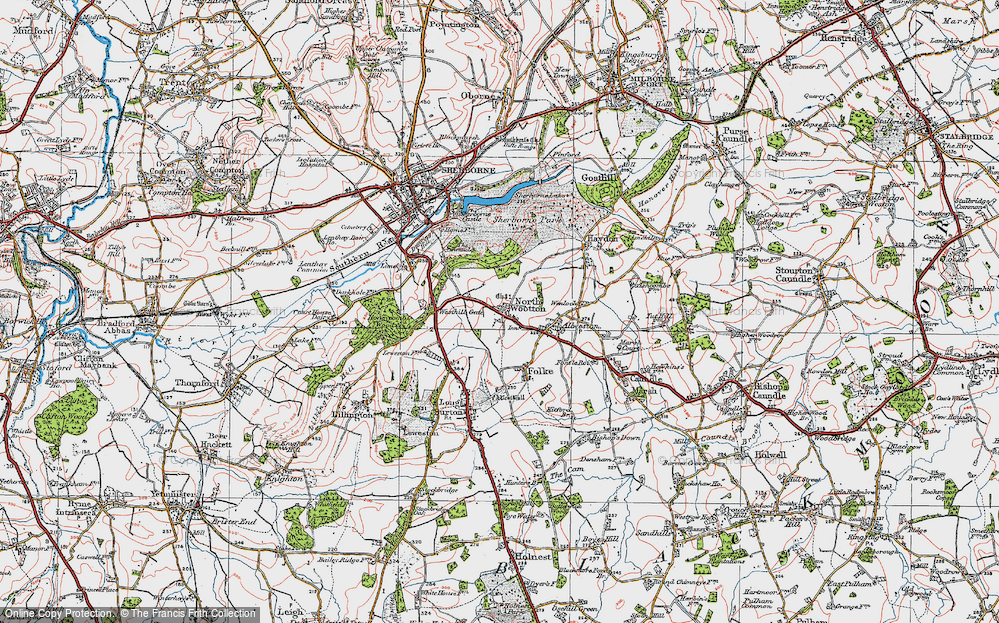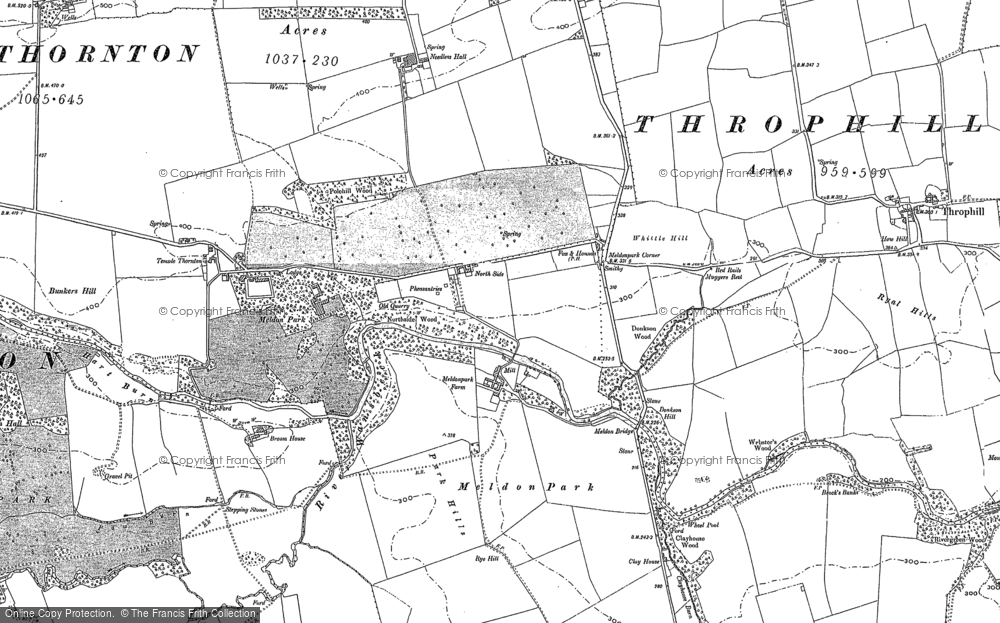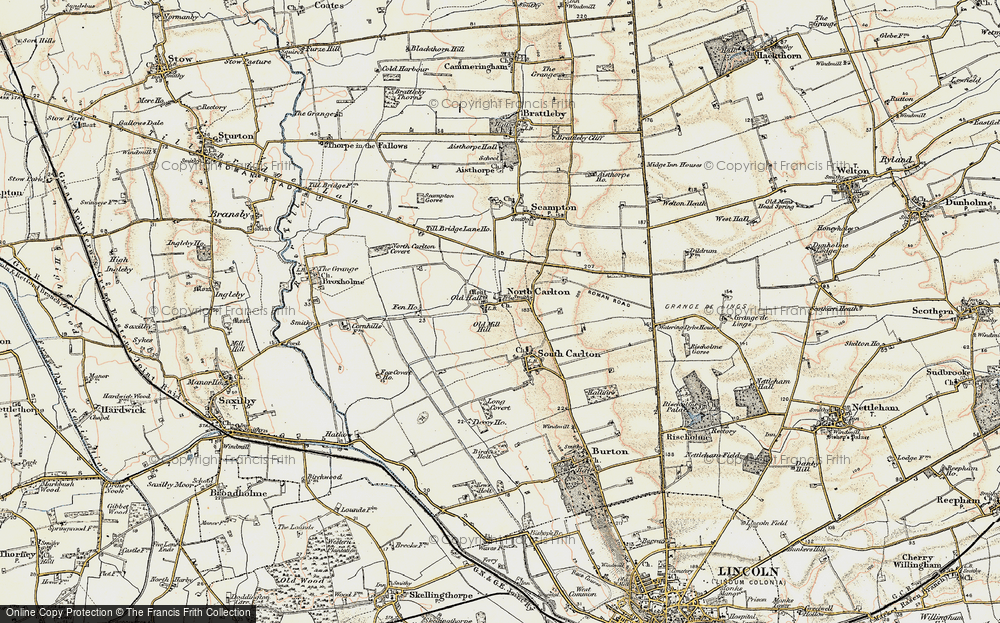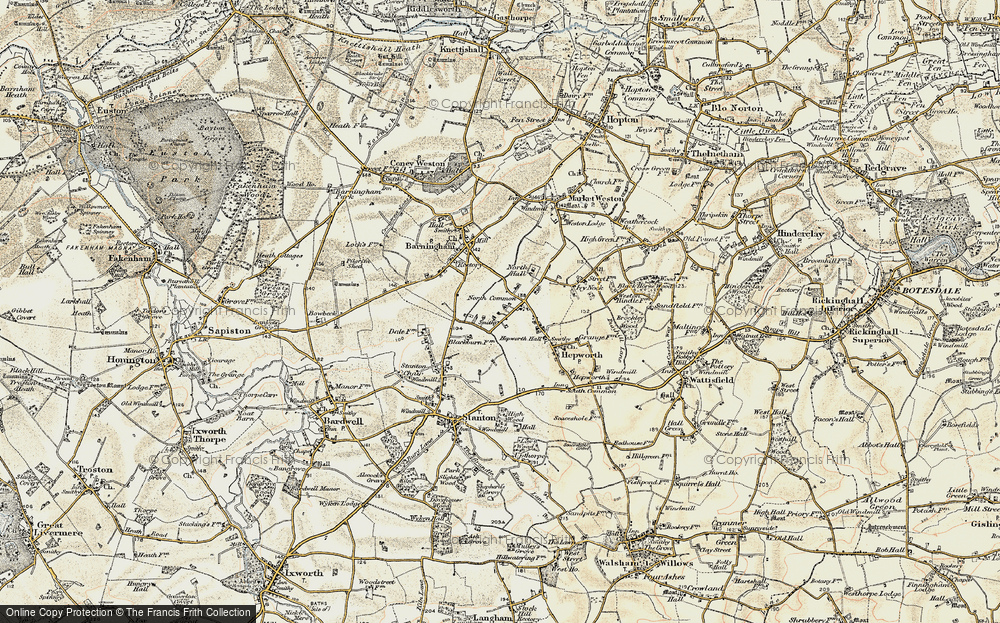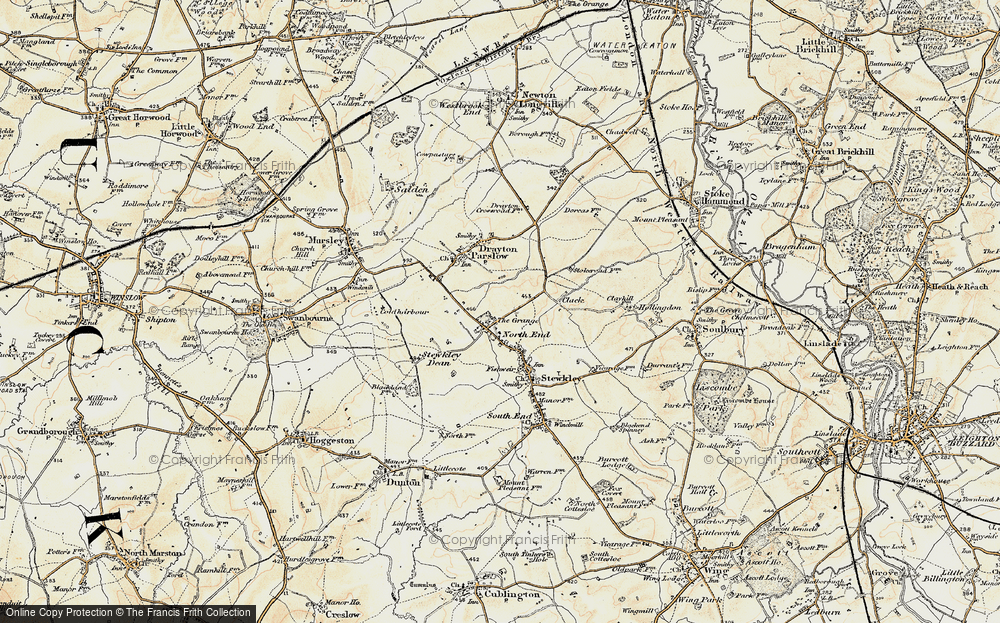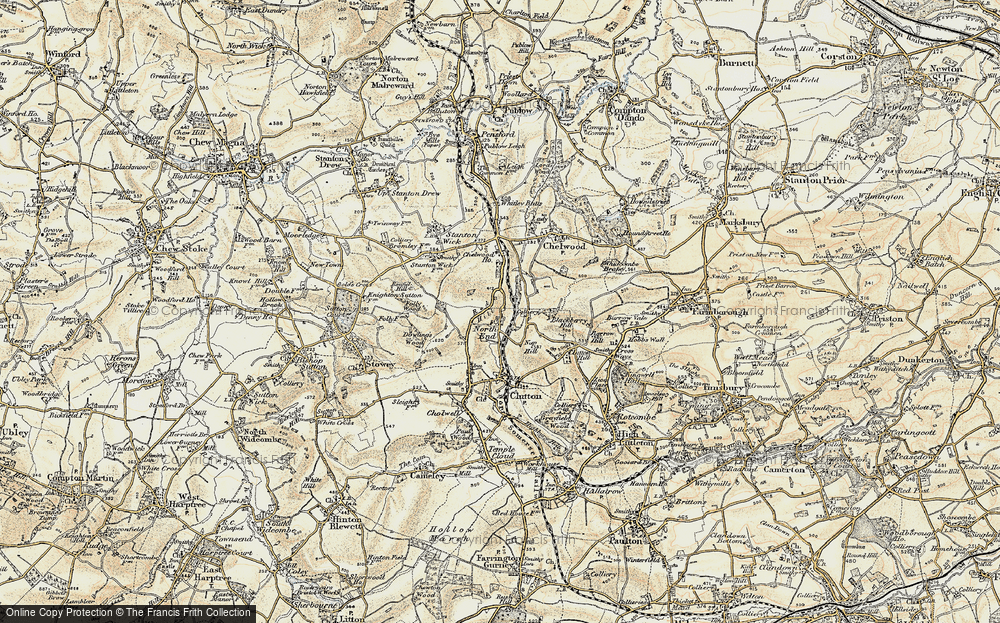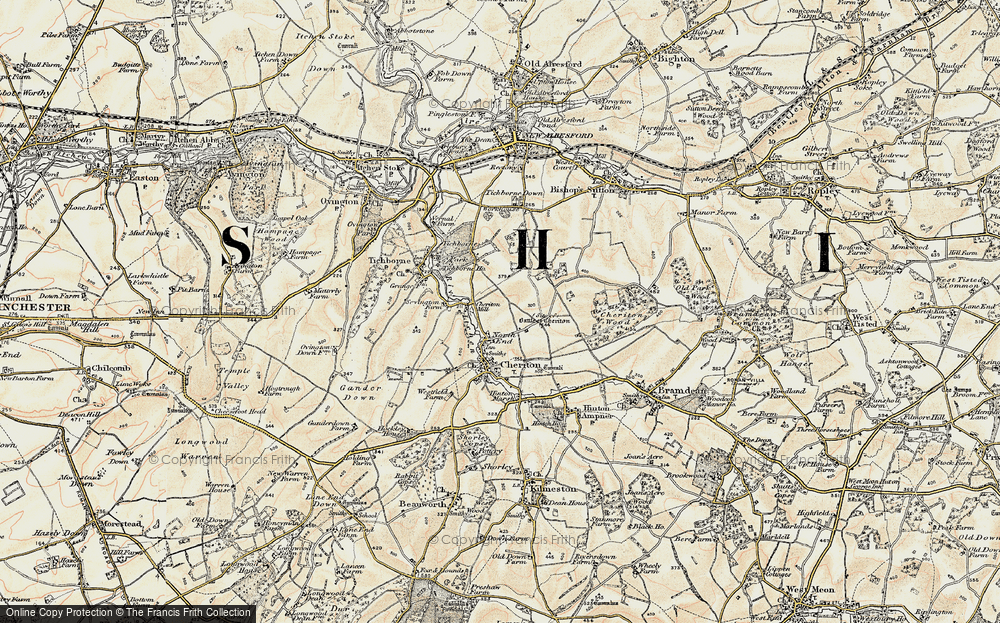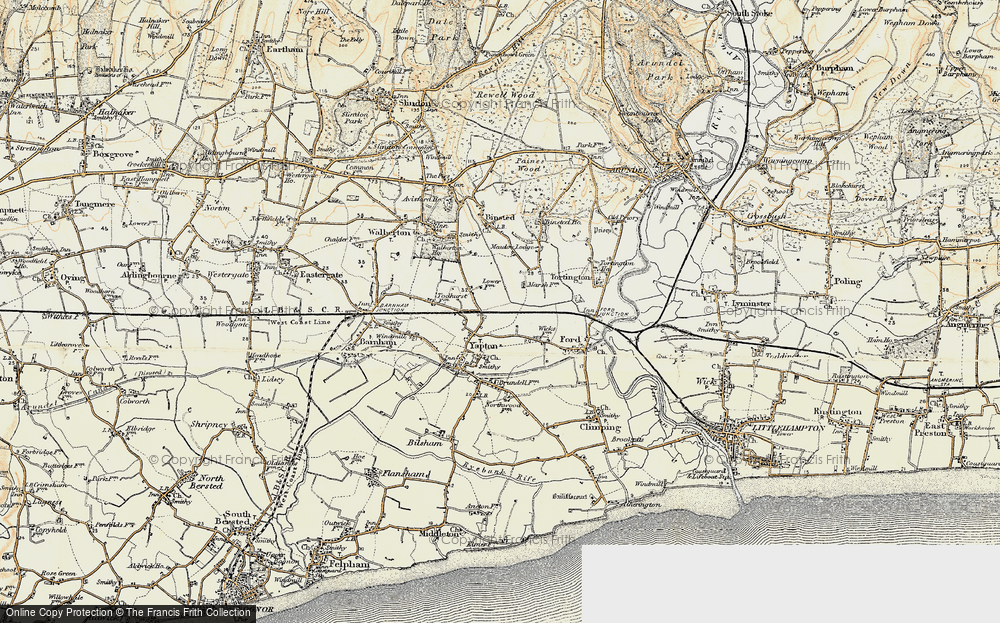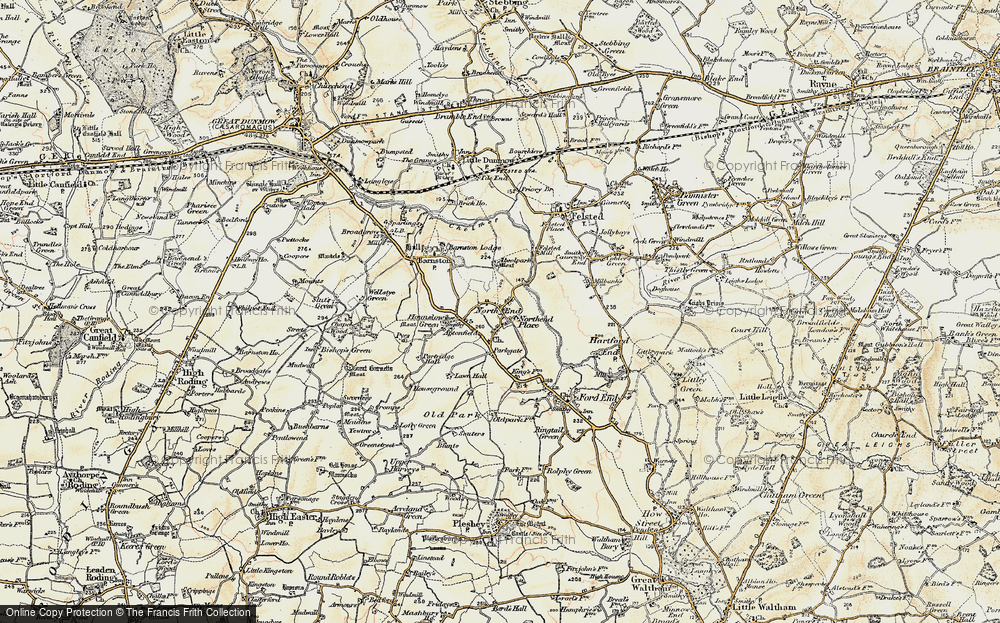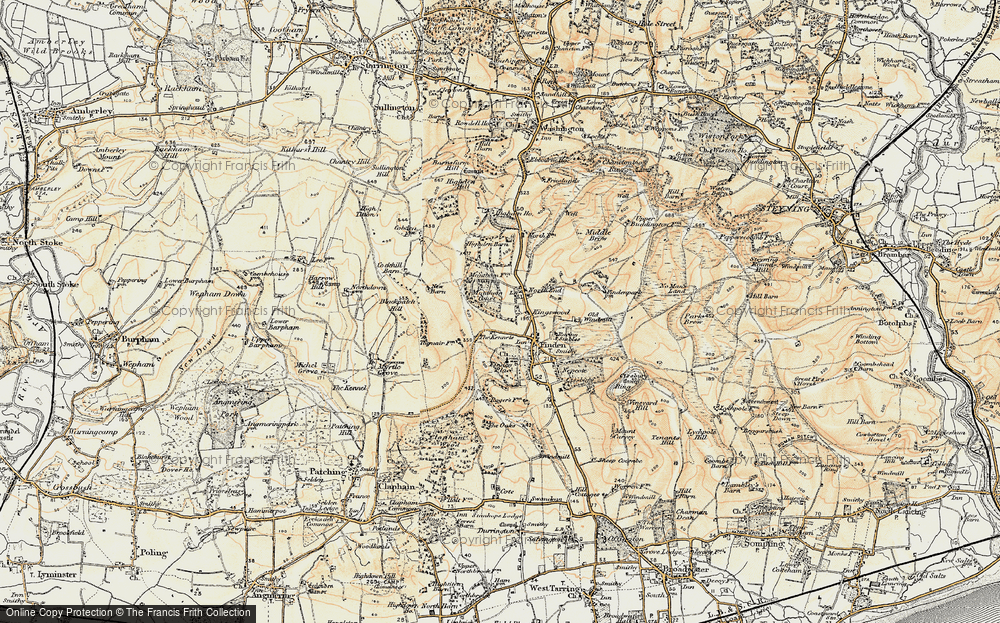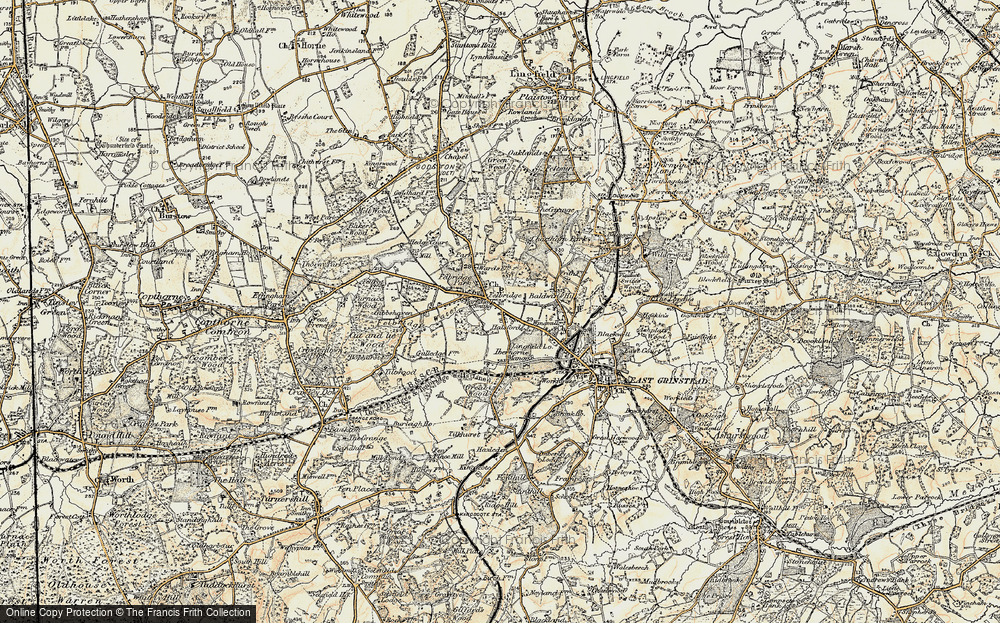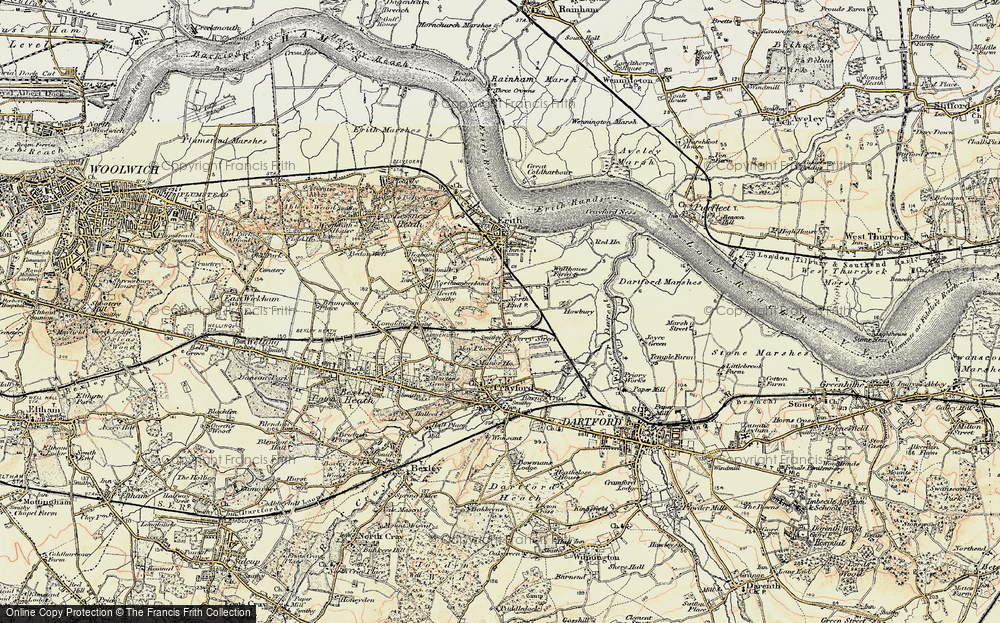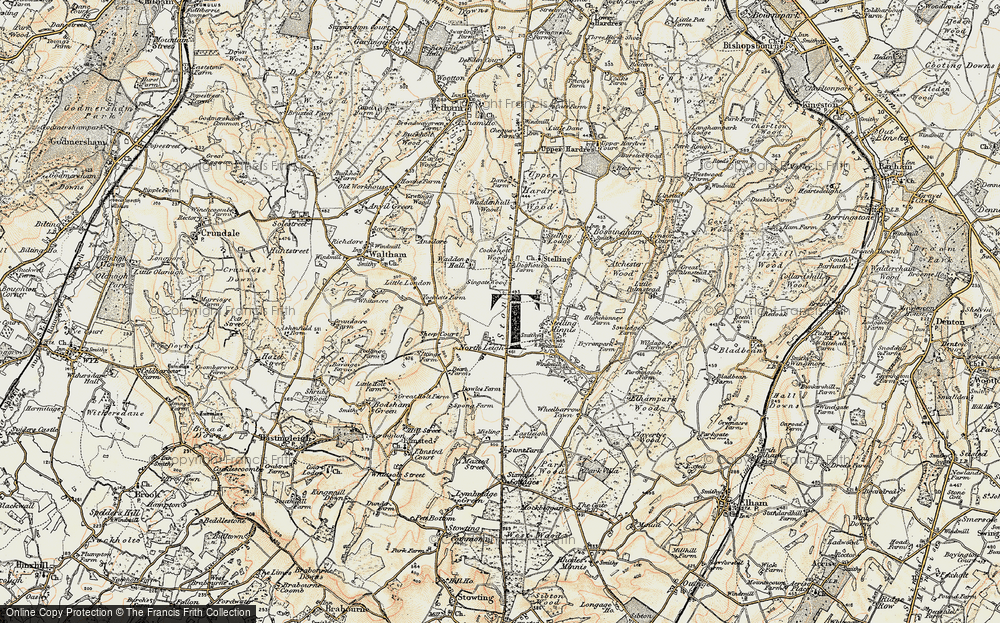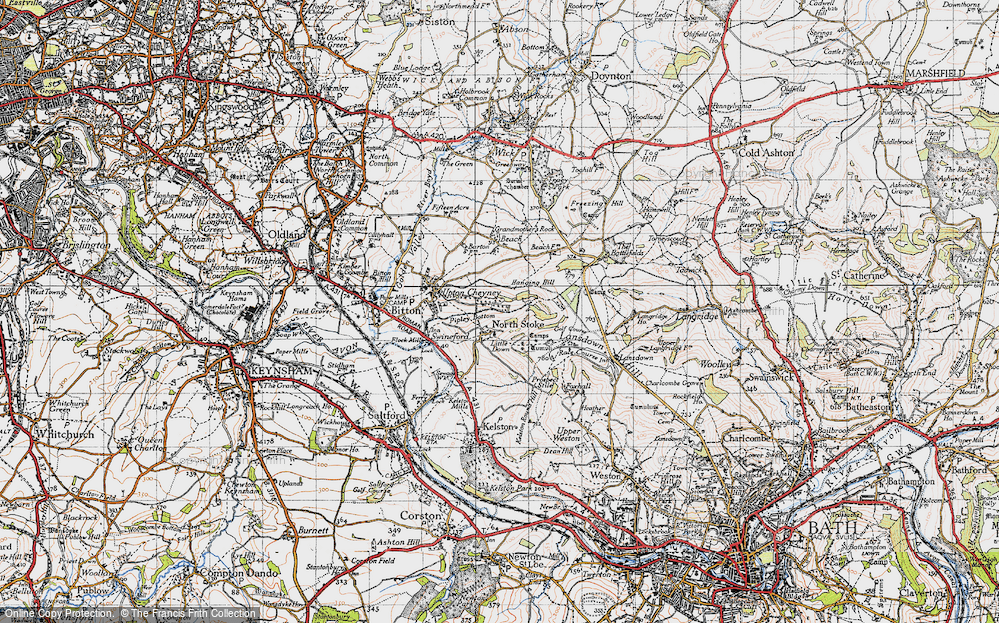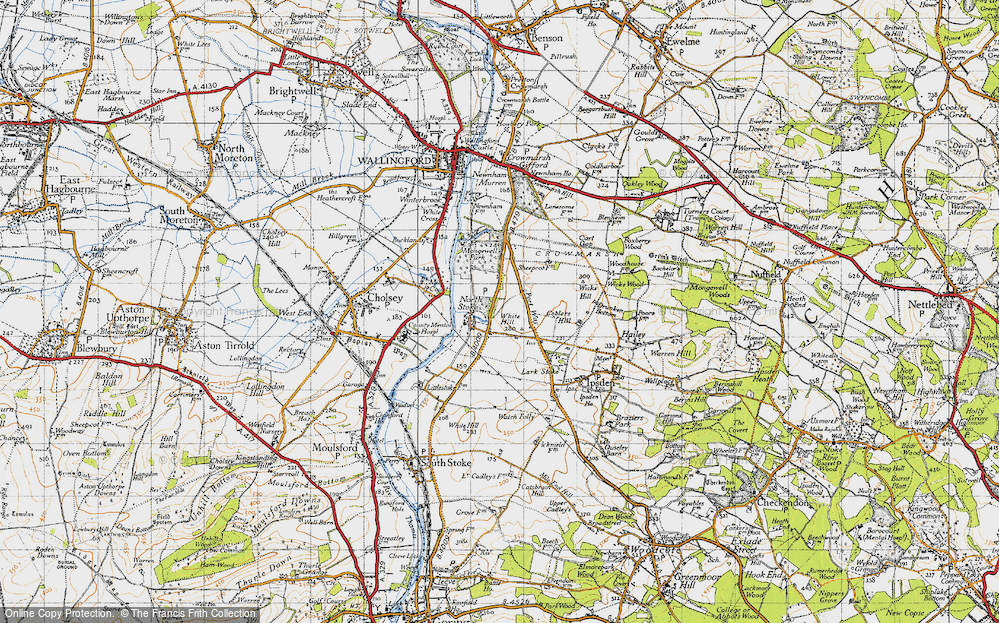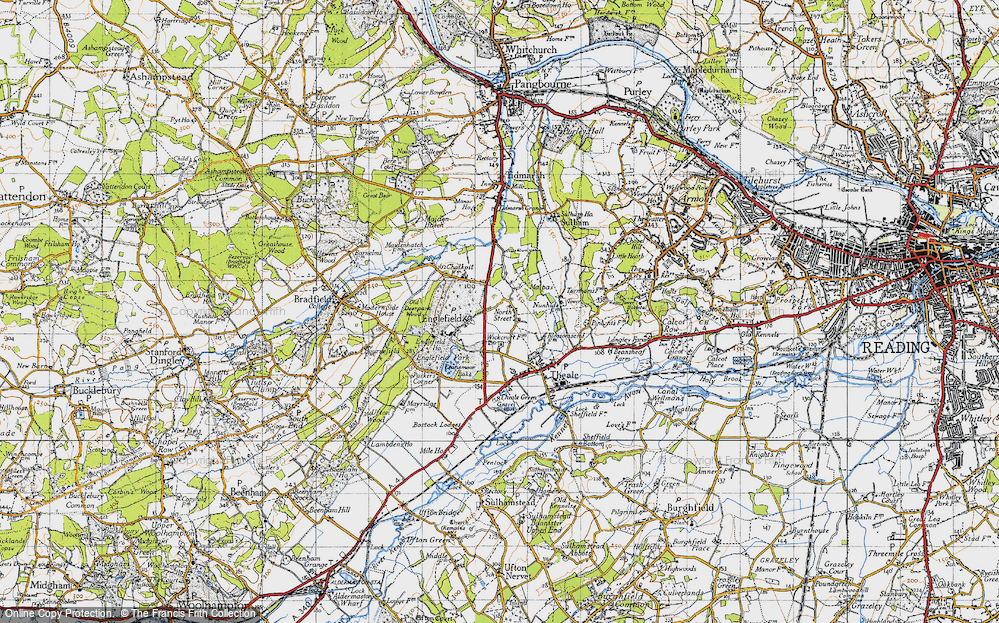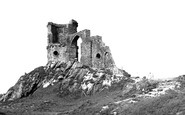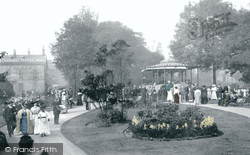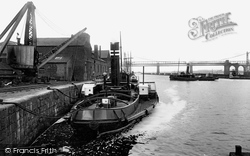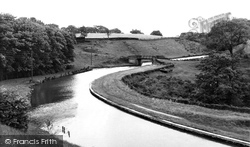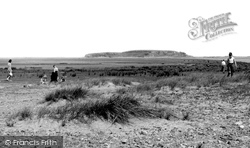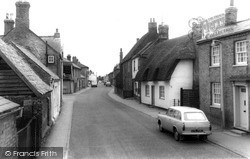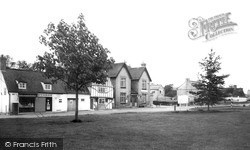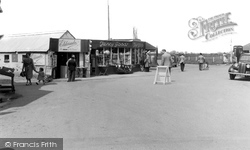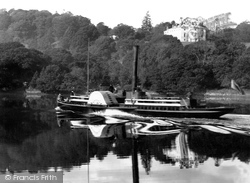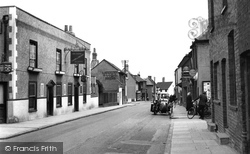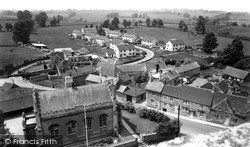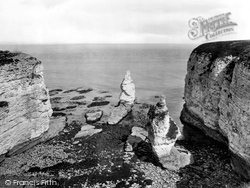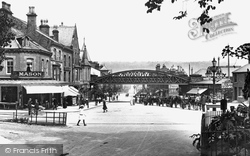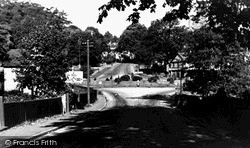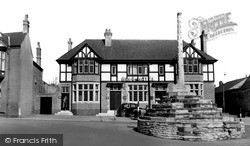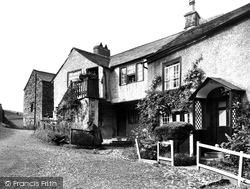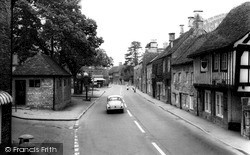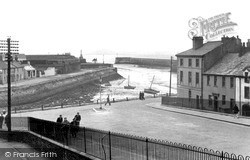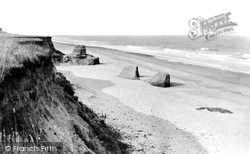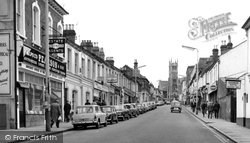Places
Sorry, no places were found that related to your search.
Did you mean: north ness or na h ness or nook ness or nash ness ?
Photos
12 photos found. Showing results 561 to 12.
Maps
9,582 maps found.
Books
29 books found. Showing results 673 to 696.
Memories
4,582 memories found. Showing results 281 to 290.
Addlestone From 1943 1962
I lived down Shakespeare road (#31) in Addlestone from 1943-1962; my parents lived there until 1984. The area was known as poets corner for all the four roads were named after poets (Shakespeare, Tennyson, Byron and ...Read more
A memory of Addlestone
Past Relatives
My grandmother grew up in Pye Bridge. Her father worked at the collary for some time. It came with some sadness though, her older sister having drownd in the canal at a young age and then her younger brother being lost in WWII age ...Read more
A memory of Pye Bridge
The Salford Girl 3
My maternal grandmother, born in 1885 in Salford, as a girl worked in the mills. Up to the time of her death in Ladywell hospital, at the age of 93, she always wore long clothes to her ankles and a woollen, thick shawl. When gran ...Read more
A memory of Salford by
Saturday Mornings
I lived in Albert Road Caversham Heights from 1948 aged 5. Went to school at Hemdean Road infants then on to Caversham Secondary Modern and left there in 1959. I really enjoyed school, especially maths, history and geography, the ...Read more
A memory of Caversham by
Hilton Terrace Fondly Remembered
i went to fallin primary school i was born in 1952 Capt Gracie was the headmaster at fallin school, i lived in the wooden house in Hilton Terrace number 19 , auld Hailey Mghee was our next door neighbours, my late dad ...Read more
A memory of Fallin by
Coronation
One of my most vivid memories is of the 1953 Coronation Party on Eastcote Avenue, the road was closed to erect a stage, and my Dad Freddie Hewitt help put it up. We lived at Number 48. Mrs Palmer lived next door and my mother had a strong ...Read more
A memory of Wembley by
A Holliday At A Manor House
My name is Donna Boyd then Wilson. l went in 1968 then again in 72. I have good memories - so good I would have went back again if I could. l remember the long walks through the woods also walking ...Read more
A memory of Fornethy Residential School by
Happiest Time Of My Life
Me and my family would always come to Fairbourne for our summer holiday, staying for weeks at a time with friends. Friends of mine would ask what there was to 'do' there and I would answer 'nothing'. Fairbourne is so ...Read more
A memory of Fairbourne in 1990 by
Monksbarn Reading Berks
I stayed there in 1969 when I was 7. Nothing bad happened but it was quite strict. I made friends with Helena Harding. I remember Mrs Jones, and snuck a peek at her annexe.
A memory of Reading by
All Uphill
Our Dad used to take us for a walk up to Mow Cop Castle on a sunny Sunday. We would set off from Talke with our bottle of pop and a jam butty and walk along the canal for a while then through the lanes in Scholar Green past the Three ...Read more
A memory of Kidsgrove in 1973 by
Captions
1,673 captions found. Showing results 673 to 696.
Late morning concerts were held at both the Crescent and the Winter Gardens.
Another view of the Manchester Ship Canal, in this case beside the Old Quay.
Like the Bridgewater Canal it was built by James Brindley and it linked with the Bridgewater at Runcorn - the two canals meet within another tunnel, yet further reminding us of the complexity of the
Askam had an ironworks, and two mines, both of which closed in the 1890s; at that time, it attempted to attract seaside visitors.
The outbuildings of the White Horse Inn are nearest to us (left); the inn faces the old market place, where there is another dock area for barges.
He was a close friend of Charles Darwin, and they both used to go on nature rambles together. It was Jenyns, in fact, who gave up his place on the Beagle to allow Darwin to go instead.
Again we see the village centre, with another of the special seaside shops that sold everything needed for a seaside holiday.
Sharpham Point and nearby Bass Rock were important fishing spots - Stoke Gabriel, on the opposite shore, had twenty salmon boats working at the end of the 19th century.
Note the motorcycle and sidecar outside yet another shop advertising cigarettes.
The 70ft tower of the church of St Philip and St James appears to be made of pieces from another building. Below is the Gothic-style village school, built in 1827.
About a mile away, another pair of twin stacks, named Adam and Eve, stood at Selwick Bay: Eve suffered the same fate as the King and collapsed.
Carriages wait patiently on the station approach for another train-load of health-seekers bound for any of the seven listed hydros.
Here we have another view of picturesque thatched cottages in the village.
Again we see the village centre, with another of the special seaside shops that sold everything needed for a seaside holiday.
Carriages wait patiently on the station approach for another train-load of health-seekers bound for any of the seven listed hydros.
Only 30 years later, it has become just another branch of suburbia. Some picturesque cottages were destroyed to widen these roads and create the roundabout, which now dominates the view.
Another view of the Market Cross, this time looking north, shows its knobbly crockets to their best advantage. The cross at the top of the shaft was lost many years before.
The rather unusual construction of the front part of this old cottage, which stands beside the slope leading up to the church, is not entirely apparent from this picture, which groups it with an adjacent
Worthing, yet another fishing village turned seaside resort, developed in fits and starts with little overall coherence but some attractive accents.
Here we see yet another half-timbered inn, the Red Lion, bearing testimony to the importance of the town in medieval and coaching days.
Another view of Kirkby's Market Place taken nearly 20 years after photograph No 59539, and showing few changes apart from the motor vehicles; these include the charabanc which plied between Lancaster
Low tide in the harbour, which was another of the creations of Colonel Senhouse in the mid 18th century.
Such was the concern in 1791, that two beacons were erected, illuminated by lanterns holding many candles; one became the lighthouse, and another stood about 400 yards north of Cart Gap.
Another generation has passed since 79622 (above), and the scene has changed to one where the motor car now dominates, forcing pedestrians onto the pavements.
Places (0)
Photos (12)
Memories (4582)
Books (29)
Maps (9582)



